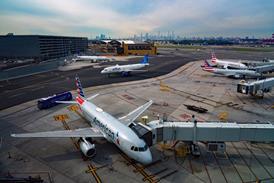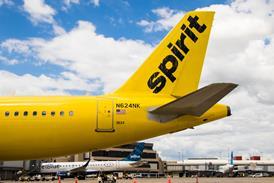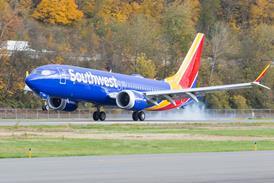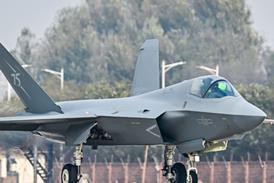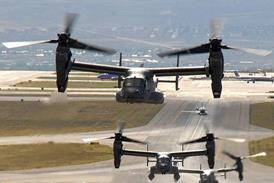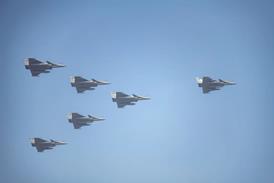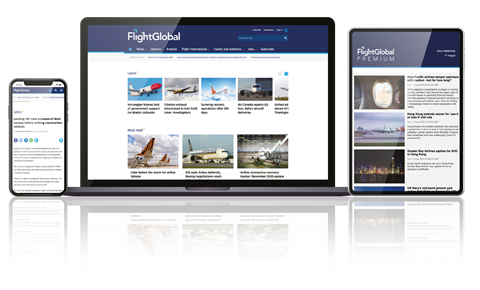Boeing and the US Department of Justice (DOJ) have received an extra month to negotiate a possible revised guilty plea by the company to federal fraud charges related to certification the 737 Max.
US federal judge Reed O’Connor has delayed to 14 March a deadline by which Boeing and the DOJ must update the court about their efforts to reach a deal that would head off a trial, according to a 17 February court order.
The company and DOJ had previously been required to submit an update by 16 February. But both requested an extension, citing the recent administration change in Washington.
“The parties have not reached agreement but continue to work in good faith toward that end, to include the briefing of new department leadership,” Boeing and the DOJ had told the judge.
Boeing and the DOJ had last year reached an initial proposed guilty plea to the charges. That deal would have required Boeing submit to “compliance” monitoring.
But in December, judge O’Connor with US District Court for the Northern District of Texas rejected the plea, citing concern about the monitoring provisions.
That forced Boeing and the DOJ back to the negotiating table, as the parties have said they seek a resolution without a trial.
Meanwhile, an attorney for relatives of people killed by two 737 Max crashes are urging that the revised plea deal have significant modifications.
Attorney Paul Cassell faults the DOT for not adequately conferring with relatives when writing the first plea deal, which he says wrongly omitted mention of crash victims.
Cassell has now urged new US attorney general Pam Bondi to ensure any new deal makes mention of those victims. “If the new plea deal is like the old one, it will (offensively) take the position that Boeing’s crime did not have multiple victims,” Cassell said in a 6 February letter to Bondi.
Investigators have pinned two 737 Max crashes – in 2018 and 2019 – on several factors, including a since-redesigned system called the Maneuvering Characteristics Augmentation System. That system put both jets into dives from which the pilots were unable to recover.
The crashes killed all 346 people on both aircraft.

